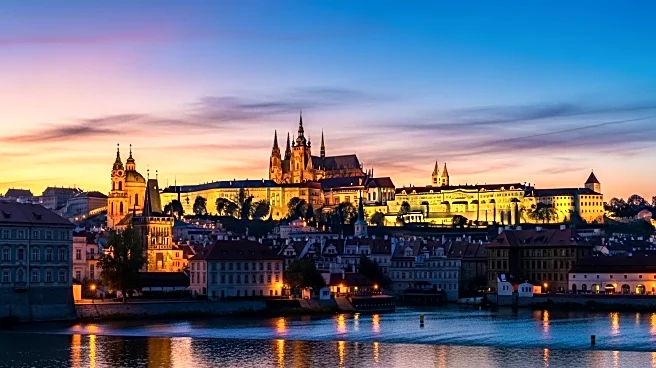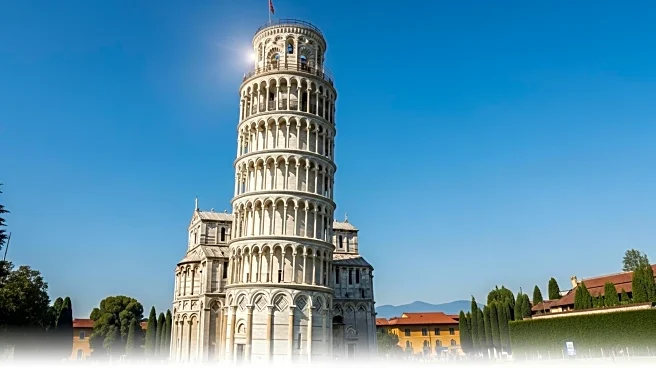Prague, the capital of the Czech Republic, is a city known for its stunning architecture and rich cultural heritage. Despite its historical significance, Prague is often subject to common myths and misconceptions that can obscure its true identity. From the origins of these myths to their cultural effects, debunking myths about Prague offers insights into its enduring legacy and influence.
Origins of the Myths
The origins of myths about Prague are rooted in its rich history and cultural significance. As a city with a diverse architectural heritage, Prague is often associated with specific styles, such as Gothic and Baroque. However, the city's architectural beauty encompasses a range of styles, including Romanesque and Renaissance, reflecting its historical evolution.
Myth vs. Fact
One common myth about Prague is the belief that its architectural beauty is limited to Gothic and Baroque styles. In reality, Prague boasts a diverse range of architectural styles, each contributing to its historical significance. Debunking this myth highlights the city's rich cultural heritage and architectural diversity.
Persistence of Myths
Despite efforts to debunk myths about Prague, misconceptions persist due to the city's complex history and cultural significance. The persistence of these myths can obscure the true identity of Prague, limiting appreciation for its diverse architectural heritage and historical significance.
Cultural Effects
The cultural effects of myths about Prague are evident in the city's reputation as a center for architectural beauty and cultural heritage. Debunking myths about Prague can enhance appreciation for its rich history and diverse cultural influences. For U.S. audiences, exploring the true identity of Prague offers insights into European history and its impact on global culture.
 Discover Daily • 8 min read
Discover Daily • 8 min read 









